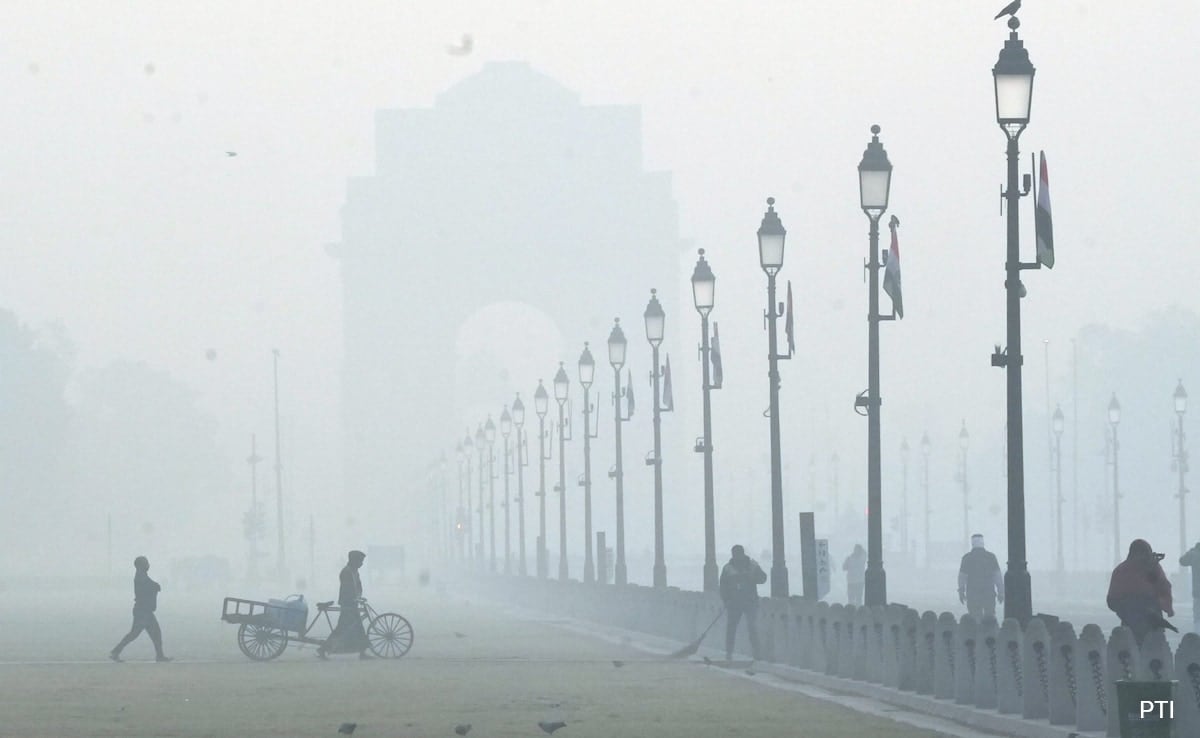
The analysis shows sudden changes in temperatures in late winter.
New Delhi:
Analysis of temperature data since 1970 shows that winter in northern India is rapidly transitioning to summer-like conditions, shortening spring.
The analysis, conducted by researchers at the Climate Center, a US-based group of independent scientists, puts India in the context of global warming trends, focusing on the winter months (December-February).
Analysis shows a sudden change in temperature in late winter in northern India.
The average temperature in the northern states of India shows a cooling trend or a slight warming in January, followed by a strong warming in February.
Researchers say this suggests these areas are now experiencing a sudden shift from cooler winter temperatures to the much warmer weather traditionally observed in March.
To show this change, the researchers calculated the difference between January and February warming rates, expressed as changes in average temperatures since 1970.
The rate of warming is most significant in Rajasthan, where the average temperature in February was 2.6 degrees Celsius higher than in January.
Temperatures from January to February in nine states and Union Territories including Rajasthan, Haryana, Delhi, Uttar Pradesh, Himachal Pradesh, Ladakh, Punjab, Jammu and Kashmir and Uttarakhand The temperature difference exceeds 2 degrees Celsius.
Researchers say this supports reports that spring has disappeared in many parts of India.
The analysis also shows that overall, winters are getting warmer across India, with each region showing a net warming trend during the winter.
Manipur has seen the largest change in average winter (December-February) temperature since 1970 (2.3 degrees Celsius), while Delhi has seen the smallest change (0.2 degrees Celsius).
“Cooling in central and northern Indian states in January, followed by strong warming in February, has the potential to rapidly jump conditions from winter to spring,” said Andrew Pershing, Climate Central’s vice president of science.
Since 1850, global average temperatures have risen by more than 1.3 degrees Celsius, exacerbating climate impacts, with 2023 being the hottest year on record.
Since the beginning of the Industrial Revolution, carbon dioxide emissions into the atmosphere have been largely due to, and are closely related to, the burning of fossil fuels.
Climate science says the world needs to cut carbon dioxide emissions by 43% by 2030 to limit average temperature rise to 1.5 degrees Celsius, a guardrail to prevent worsening climate impacts.
Scientists warn that if business as usual continues, world temperatures will rise by about 3 degrees Celsius by the end of this century.
(Except for the headline, this story has not been edited by NDTV staff and is published from a syndicated feed.)
wait reply load…
Follow us on Google news ,Twitter , and Join Whatsapp Group of thelocalreport.in













